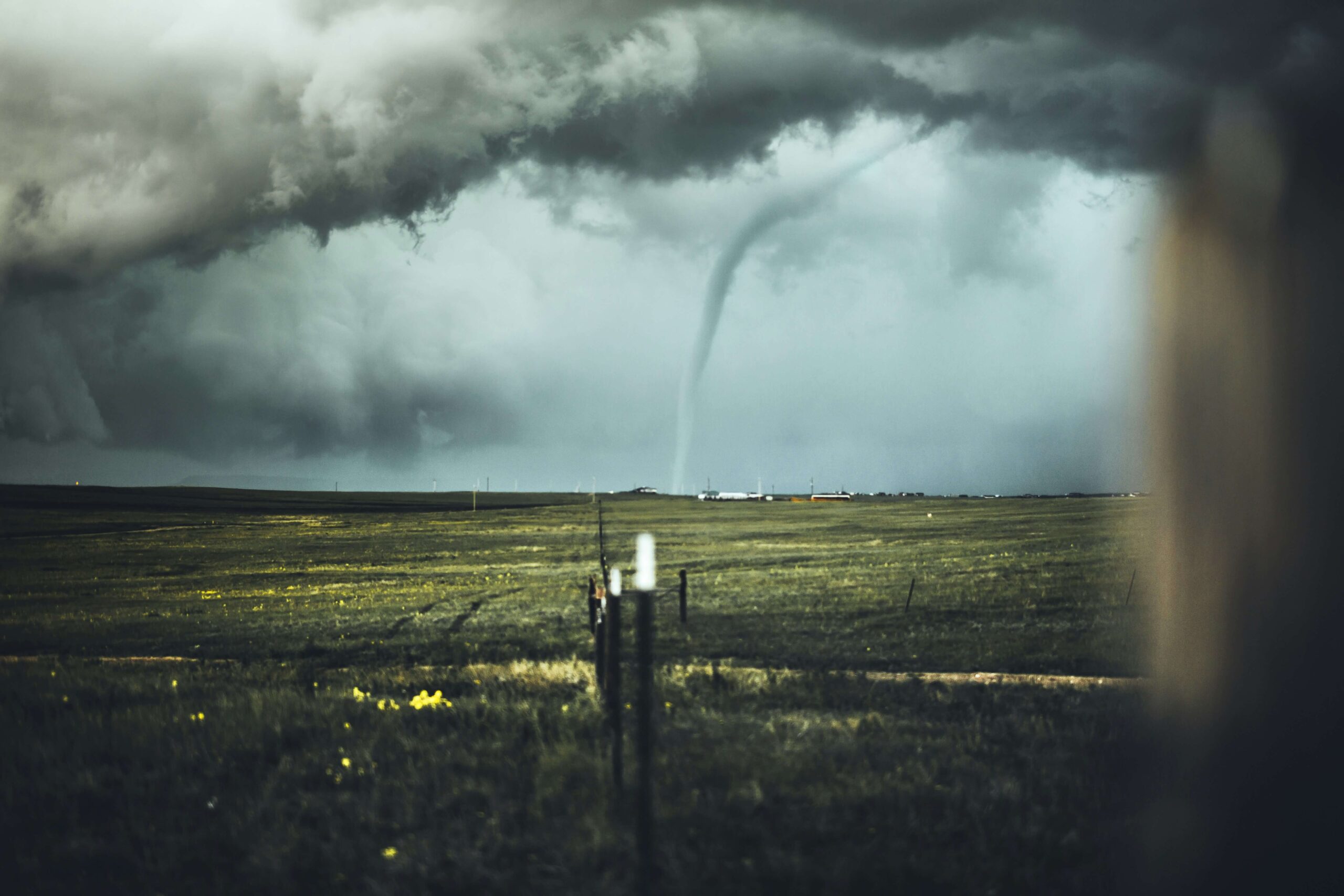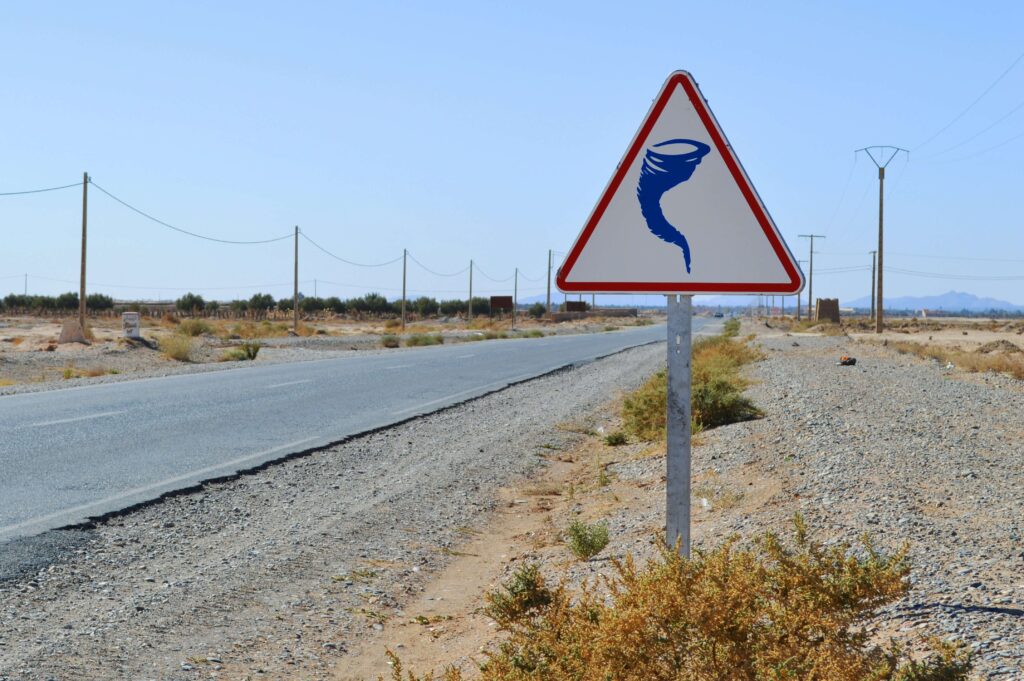
Austin gets tornadoes! While the capital of Texas is famous for its warm weather, music scene, and food culture, it is also no stranger to the occasional tornado. For those living in or planning to visit Austin, it is crucial to understand the risks and safety precautions surrounding this weather phenomenon.
In this article, we will take a closer look at Austin’s history with tornadoes, debunk common myths, and provide helpful tips to stay safe. From the devastating tornado outbreak of 1922 to the more recent tornadoes that hit the outskirts of the city, Austin has seen its fair share of severe weather. But fear not, the local authorities have taken extensive measures to ensure the safety of its residents and visitors. Let’s explore and learn more about tornadoes in Austin, Texas.
The Basics of Tornadoes in Austin
Knowing About Tornadoes
Let’s first review the basics of tornadoes before addressing Austin’s tornado situation. Tornadoes are extremely strong windstorms that have a funnel-shaped cloud that twists and swirls. These strong storms are a fearsome natural occurrence that has the potential for severe damage to cars, buildings, and landscapes.
Alley of Tornadoes
Tornado Alley is the term for the areas of the United States where tornadoes are more common. Usually, portions of Texas, Oklahoma, Kansas, Nebraska, and South Dakota are included in this region. Since tornadoes are known to occur more frequently in Tornado Alley, many people believe that Austin gets tornadoes more frequently.
Tornado Season in Austin
Austin gets tornadoes at any time of year, but the strongest ones are usually in late March to early June. Conditions are more favorable for strong thunderstorms during this time, which can result in tornadoes. The collision of warmer, humid air from the Gulf of Mexico with colder, drier air from the north is frequently blamed for the elevated risk.
Historical Tornado Data for Austin

Contrary to popular assumption, Austin gets tornadoes but not as frequently as they do in some other parts of the state. The area where the city is situated, Central Texas, typically experiences fewer tornadoes than regions to the north. When compared to areas in Tornado Alley, Austin has a comparatively low tornado risk, according to historical tornado data.
The Incidence and Intensity
Although Austin gets tornadoes, they are frequently not as severe as those that occur in the state’s northern regions. When tornadoes do make landfall in Austin, they usually have a lower intensity, causing less destruction and fatalities.
Being Ready for Tornadoes
Although Austin experiences fewer and milder tornadoes annually, the city nevertheless places a high priority on being ready for them. Strong systems have been put in place by local government and meteorological organizations to keep an eye on and alert citizens to severe weather, including tornadoes. To protect the community and lessen the effects of any potential tornado activity, these actions are essential.
Related: Is Austin Safe? Your Ultimate Guide to Navigating the City with Confidence
Austin’s Weather Variables Affecting Tornadoes

Topography and Geography
When assessing the risk of an area, it is crucial to comprehend the elements that lead to the formation of tornadoes. The topography and geography of Austin influence its tornado dynamics. Austin’s terrain is different from Tornado Alley’s flat plains because it is located in the Texas Hill Country. This variation in topography can affect how frequently and how strong tornadoes occur.
Weather Conditions
Tornado formation is significantly influenced by climatic conditions as well. Austin has hot summers and moderate winters due to its subtropical climate. Although tornadoes can occur in a variety of climates, certain regions are more likely to have the particular conditions necessary for their formation. When compared to places where tornado development conditions are more favorable, Austin’s climate may be a factor in the city’s reduced tornado frequency.
Measures for Community Safety in Austin

Tornado Warning Systems
Effective tornado warning systems have been put in place in Austin in response to the possible threat of tornadoes. These systems include sirens that are positioned thoughtfully throughout the city to notify locals when tornado conditions are about to develop.
Technology developments have also made it possible to create emergency alert systems and smartphone apps that provide up-to-date information on severe weather conditions.
Being Ready for Emergencies
Preparation and community awareness are essential elements of tornado safety. The importance of keeping an emergency kit on hand, being aware of the locations of designated shelters, and having a family emergency plan in place are among the tornado safety precautions that Austin residents are taught. Even in areas where tornadoes occur less frequently, these preventive actions help lessen the risks related to them.
What part of Texas is safest from tornadoes?
Regarding tornadoes in Texas, it’s crucial to remember that while they can happen anywhere in the state, some regions typically see fewer of them. In general, it is thought that Texas’s western and southwestern regions are less vulnerable to tornadoes than its eastern and central regions.
There is less chance of tornadoes in places like El Paso, which is in Texas’s extreme west. This is due to the region’s climate and geography, which reduce the likelihood of tornado formation. The western portion of the state has drier air and mountainous terrain, which makes it less likely for tornadoes to form there.
But it’s important to keep in mind that tornadoes can still happen anywhere and that severe weather is a possibility no matter where you live. Even though some areas of the state may be less likely to experience tornadoes than others, it is crucial for citizens to be aware of local weather trends and to have an emergency plan in place.
As Austin gets tornadoes, everyone in Texas, regardless of location, having a tornado safety kit, keeping an eye on weather forecasts, and being aware of the safest places to seek shelter are essential precautions.
Related: Exploring the 13 Best Neighborhoods Near East Austin
Is Austin prone to natural disasters?
In general, Austin, Texas, is thought to be less vulnerable to some natural disasters than other regions of the state. Although Austin experiences sporadic weather difficulties, it is less susceptible to hurricanes and severe flooding than coastal regions.
The potential for flash floods is a significant worry for Austin, particularly during periods of high precipitation. The topography of the city, with its hills and creeks, can cause water to accumulate quickly. Nonetheless, the local government has implemented policies to deal with these circumstances, and locals are encouraged to keep up with weather predictions.
Although Austin gets tornadoes not frequently, they can still happen. It is advised that locals have a plan for safety in the event of a tornado and heed weather alerts.
Is Austin TX, part of the tornado alley?
Austin, Texas, is not commonly regarded as being in the Tornado Alley, an area in the center of the country noted for having more tornadoes than average. States in the central and northern sections of Texas, Oklahoma, Kansas, and Nebraska, are considered part of Tornado Alley. Despite being in Texas, Austin is located in the southeast of the state.
In general, Austin has a lower tornado risk than regions that are part of Tornado Alley. Nevertheless, Austin and the surrounding areas are still susceptible to tornadoes. Other weather-related incidents, like flash floods and the occasional strong thunderstorm, are more common in the city.

FAQs: Austin Gets Tornadoes
What is the natural disaster risk in Austin Texas?
There is a moderate chance (around 26%) of natural disasters in Austin, Texas, including occasional tornadoes, flash floods, and wildfires. For these weather-related events, residents should remain aware and ready all year long.
__________
Does Texas get tornadoes?
Yes, tornadoes are common in Texas, especially in the spring. Since tornadoes can occur in different parts of the state, locals should keep track of the weather and have a plan.
__________
Is Austin prone to earthquakes?
It is not thought that Austin, Texas, is particularly earthquake-prone. Even though they can happen, earthquakes are typically less powerful and rare in areas away from tectonic plate borders.
__________
What was the worst natural disaster in Texas?
Hurricane Harvey in 2017 was one of the worst natural disasters to ever hit Texas. Numerous homes and infrastructure throughout the state suffered major damage as a result of the enormous storm’s catastrophic flooding, which forced thousands of people to evacuate.
__________
Summary of Austin Gets Tornadoes
In conclusion, while it is true that Austin gets tornadoes, a careful analysis shows that the city is at a lower risk of being hit by tornadoes than areas in Tornado Alley. This is due to its geographic location, historical data, and climatic conditions, which result in fewer and milder tornadoes. Austin has also taken proactive measures to improve its tornado preparedness, including efficient warning systems and community education programs. Therefore, residents can feel secure knowing that while tornadoes do occur in the city, the overall risk is manageable.



